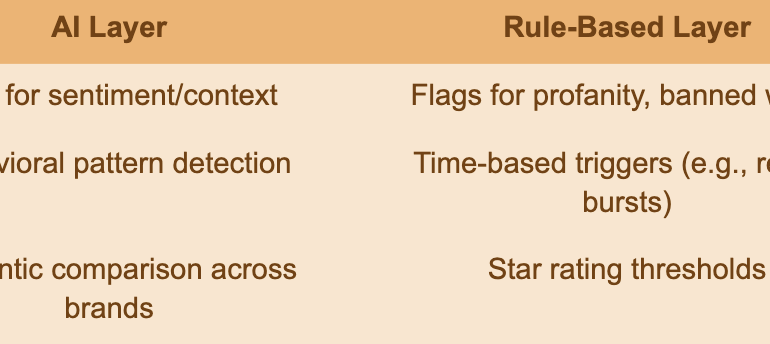2025 is a turning point in the SEO world and not in subtle ways. Search algorithms evolved rapidly to include AI and Large Language Models or LLM results that are smarter and more insightful. Local visibility is more competitive. AI search interfaces started changing how users interact with results. And for SaaS platforms managing SEO for multi-location brands, these shifts brought both new challenges and exciting opportunities.
Let’s take a closer look at what has been changing in 2025 and how SaaS SEO providers can get ahead of the curve using the right tools and strategies.
Key SEO Shifts in 2025: A Year of Acceleration
1. AI-Powered Search Changed the Click Journey
ChatGPT, Gemini, Perplexity, and Microsoft Copilot integrated search and summarization into everyday browsing. These AI search agents began pulling in structured data and direct answers, pushing websites to the background unless schema, entity data, and verified listings were perfectly aligned.
Why it matters:
For multi-location businesses, it’s no longer enough to rank on Google. You need structured, machine-readable business data that AI can trust. Each location needs useful unique, hyper local results. That means you now need to track hyper local competitive variables like keywords by location. This gave APIs, especially Geo Grid Rank Tracker APIs and Review APIs a whole new level of value.
2. Google’s AI Overviews Created New Visibility Patterns
AI Overviews (formerly known as Search Generative Experience) rolled out to more users, showing direct summaries in the SERP and highlighting fewer organic links. While controversial for publishers, it rewarded brands with clean, verified, and consistent data.
What this revealed:
- NAP consistency became more critical than ever.
- Real-time updates to listings gave businesses an edge.
- Review signals like velocity and sentiment started influencing the generated overview.
3. Review Data Got Smarter and More Actionable
Platforms invested heavily in anti-fraud detection and metadata enrichment. Businesses that monitored review velocity, sentiment, and source quality started seeing better local rankings and consumer trust.
For SaaS platforms, this pushed many to build internal dashboards and pipelines using Review APIs that fed insights across hundreds or thousands of locations.
What’s Will Work In 2026?
We’re halfway through 2025, and here’s what we’re seeing across successful SaaS providers managing SEO for large brands:
Structured Data is Table Stakes
Schema markup isn’t optional. Every local page needs to serve up business info in a way that AI agents and search engines can parse and validate. APIs like Local Business Listings APIs help keep this in sync across platforms.
Programmatic Listings Are Outperforming Manual Workflows
Manual listing updates are no longer viable at scale. API-first platforms are syncing thousands of locations to Google, Apple, Yelp, and more in real time, reducing errors, increasing speed to visibility, and avoiding account-level bans for inconsistent data. These listings require thought and detail for multi-location brands. They require local information that is helpful to users and the publishers like photos and local landmarks.
Review Aggregation is Driving Local SEO Strategy
The smartest platforms are using Review APIs to:
- Track competitor sentiment per location
- Spot location-specific experience issues
- Monitor which publishers carry the most influence in search and conversions
Platforms that tie review insights to visibility reports (like geo grid rank tracking) are setting a new standard.
Verification Has Become Predictable (and Faster)
2025’s chaos around business verification has started to normalize. Google, Yelp, and Facebook have clearer rules and more API-based verification systems. SaaS platforms with integrated workflows are helping clients cut down onboarding time by weeks.
Opportunities for SaaS SEO Platforms for the rest of the year
If you’re managing local SEO for multi-location businesses, here’s where you can win right now:
- Double down on API integrations. Don’t just manage listings but sync them. Don’t just read reviews, analyze them with sentiment and source tags.
- Build dashboards that merge geo grid, reviews, and rankings. The future isn’t one data stream, it’s layered insight.
- Partner with data providers who update in real-time. Batch syncing can’t keep up with today’s AI-driven SERP shifts.
- Use verification timelines to create a competitive advantage. The faster you verify and publish, the faster you rank.
SEO Isn’t Dead, It’s Evolving
2025 didn’t kill SEO. It forced it to grow up.
For SaaS providers working with multi-location brands, the takeaway is clear: use automation, structured data, and real-time insights to meet the demands of AI-first search environments.
The tools are available. The opportunity is wide open. The difference will be in how you execute.


